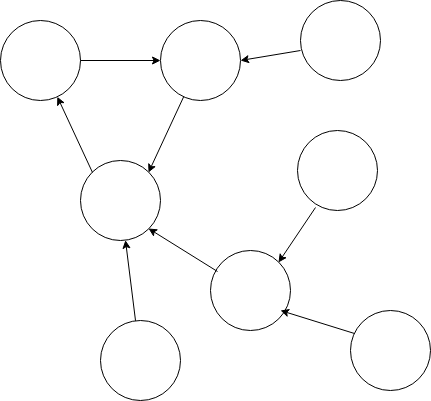문제
https://www.acmicpc.net/problem/9240
9240번: 로버트 후드
문제 로버트 후드는 로빈 후드의 동생이다. 로버트 후드는 자신의 형처럼 전설적인 인물이 되기 위해 활 쏘기를 연습하고 있다. 이번에 노팅엄에서 열린 활 쏘기 대회는 현대에 열리는 양궁과 규칙이 다르다. 양궁은 더 많은 점수를 쏜 사람이 승리하는 방식이다. 하지만, 노팅엄 활 쏘기 대회에서는 과녁에 맞은 화살 사이의 거리 중 최댓값이 가장 큰 사람이 승리한다. 로버트 후드는 총 C발을 발사했고, 모든 화살은 과녁에 적중했다. 과녁을 이차원 평면으로, 화살은
www.acmicpc.net
풀이
전형적인 Convex Hull 문제이다.
아래 풀이에서는 Graham Scan이라고 하는 $O(nlogn)$의 알고리즘을 사용한다.
Convex Hull을 구한 후, Convex Hull 상에서 가장 먼 두 점을 찾는데, 원래는 Rotating Calipers 라는 알고리즘을 사용하여 $O(n)$에 구해야 한다.
하지만 필자는 한 번도 구현해본 적이 없고, 실제 이 문제에서는 좌표의 범위가 작고, 정수점만 입력으로 들어오기때문에 Convex Hull의 점의 수가 매우 작고, 실제로 1000*4=4000개보다 작음은 약간의 논증을 통해 보일 수 있다.
따라서 Convex Hull 내부의 모든 점을 비교해도 시간안에 구할 수 있다.
정해는 rotating calipers라는 알고리즘을 이용해서 가장 먼 두 점을 구하는데 $O(|convex hull|)$이면 충분하다.
Time Complexity : $O(nlogn + |convex hull|^2)$
코드
#include<iostream>
#include<cstdio>
#include<cmath>
#include<algorithm>
#include<vector>
#define N 100002
using namespace std;
typedef long long ll;
typedef pair<ll,ll> pos;
double dist(pos p1, pos p2)
{
double dissq = (p1.first - p2.first) * (p1.first - p2.first) + (p1.second - p2.second)*(p1.second - p2.second);
return sqrt(dissq);
}
int n;
vector<pos> p;
ll ccw(pos p1, pos p2, pos p3)
{
return (p2.first - p1.first)*(p3.second - p1.second) - (p2.second - p1.second)*(p3.first - p1.first);
}
bool cmp(pos p1, pos p2)
{
ll c = ccw(p[0], p1, p2);
if (c > 0) return 1;
if (c < 0) return 0;
else
{
if (dist(p[0], p1) < dist(p[0], p2)) return 1;
else return 0;
}
}
int main()
{
cin>>n;
p.resize(n);
for (int i=0;i<n;i++) cin>>p[i].first>>p[i].second;
sort(p.begin(),p.end());
sort(p.begin()+1,p.end(),cmp);
vector<pos> cvxh;
cvxh.push_back(p[0]);
cvxh.push_back(p[1]);
for (int i=2;i<n;i++)
{
while (cvxh.size() >= 2 && ccw(cvxh[cvxh.size()-2],cvxh.back(),p[i])<=0)
cvxh.pop_back();
cvxh.push_back(p[i]);
}
double ans=-1;
int len=cvxh.size();
for (int i=0;i<len;i++) for (int j=i+1;j<len;j++)
ans=max(ans, dist(cvxh[i], cvxh[j]));
printf("%.10f", ans);
}'PS > BOJ' 카테고리의 다른 글
| [BOJ] 5696. 숫자 세기 (1) | 2019.05.06 |
|---|---|
| [BOJ] 3392. 화성지도 (0) | 2019.05.06 |
| [BOJ] 16000. 섬 (0) | 2019.05.06 |
| [BOJ] 5698. Tautogram (0) | 2019.05.06 |
| [BOJ] 9521. 색칠 공부 (2) | 2019.05.06 |
